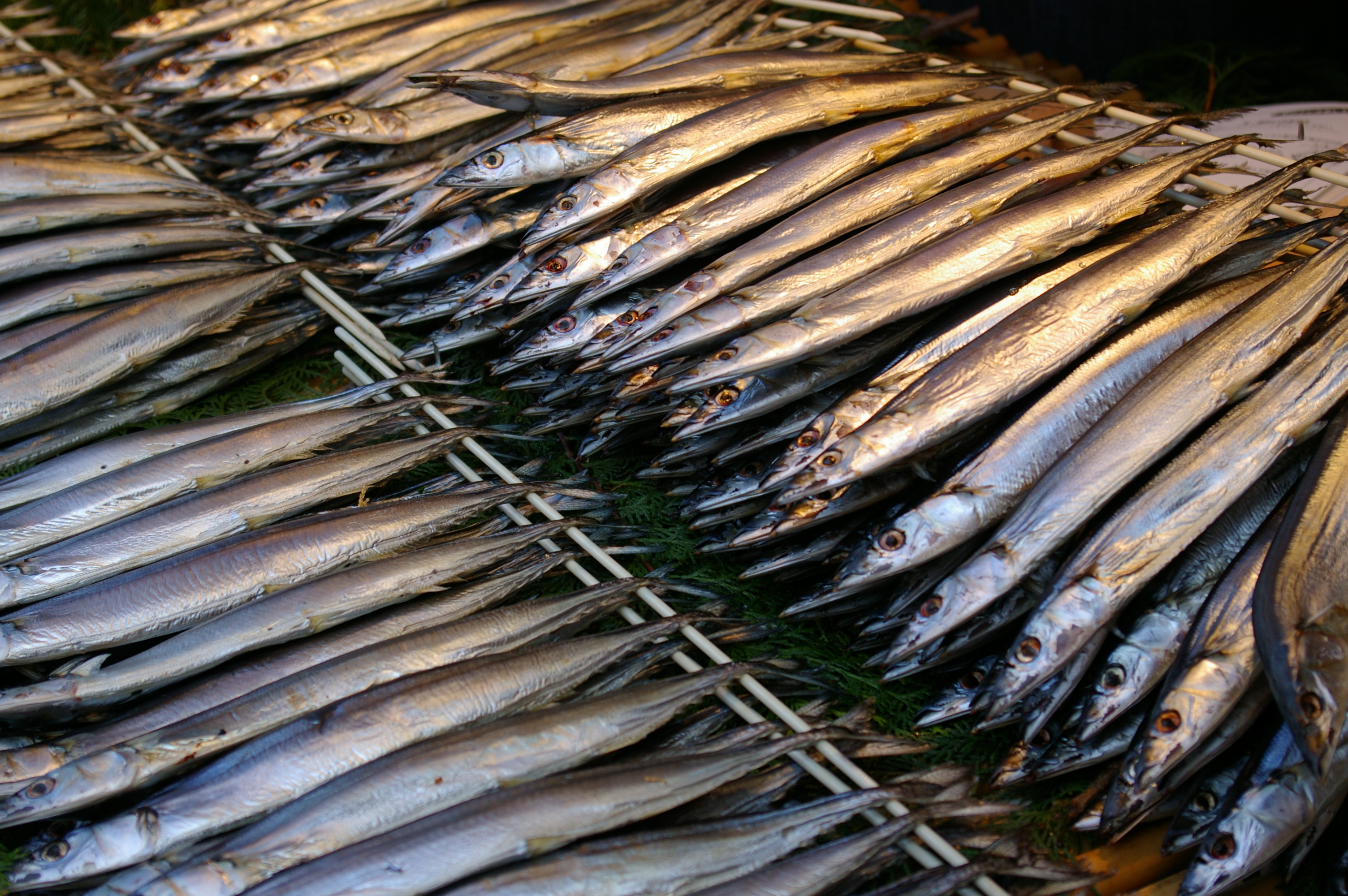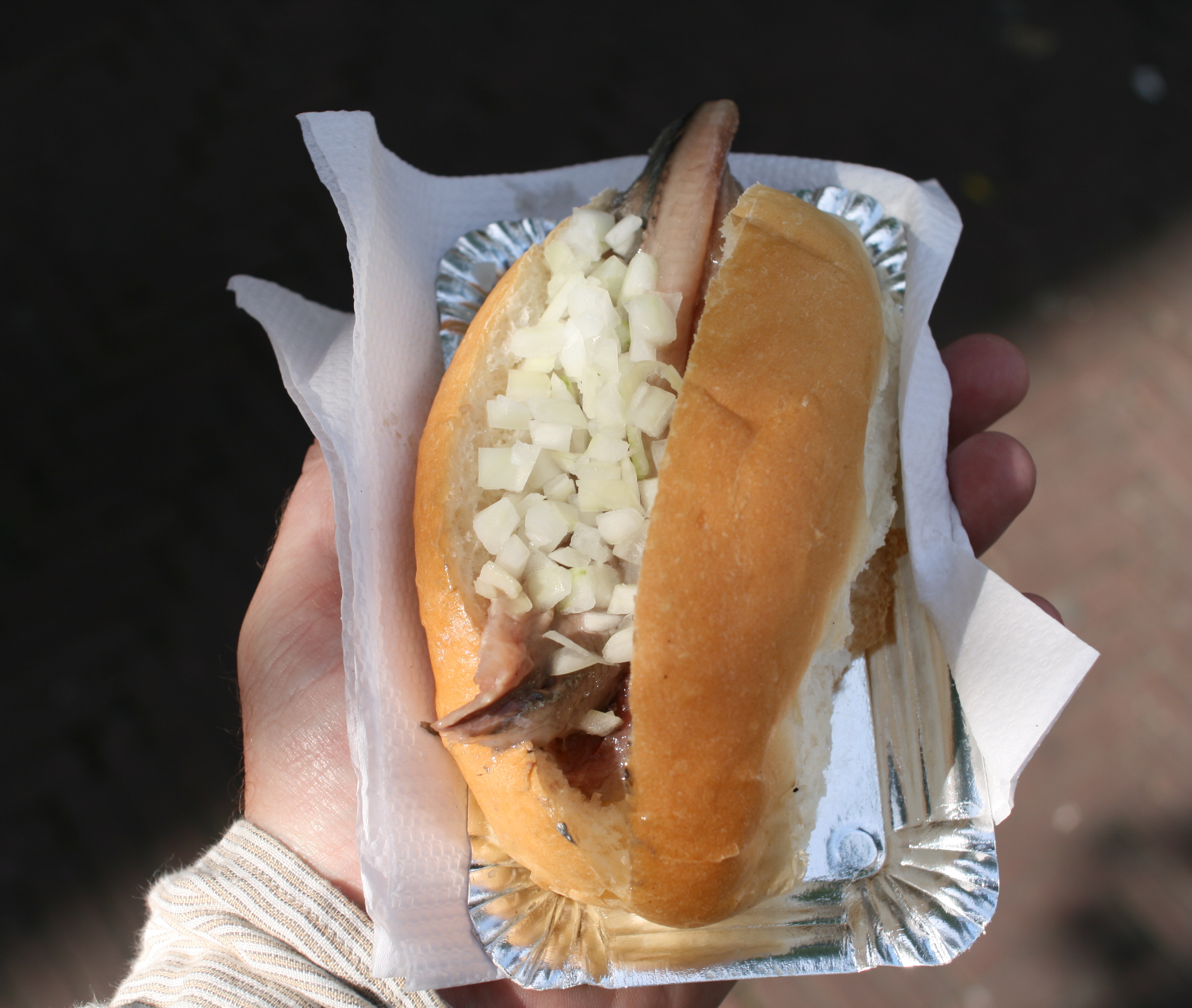|
Gwamegi
''Gwamegi'' () is a Korean cuisine, Korean half-dried Pacific herring or Pacific saury made during winter. It is mostly eaten in the region of North Gyeongsang Province in places such as Pohang, Uljin, and Yeongdeok, where a large amount of the fish are harvested. Guryongpo Harbor in Pohang is the most famous. Fresh herring or saury is frozen at -10 degrees Celsius and is placed outdoors in December to repeat freezing at night and thawing during the day. The process continues until the water content of the fish drops to approximately 40%.Gwamegi at Doosan Encyclopedia There are records of ''gwamegi'' in the Joseon era document ''Ohjuyeonmunjangjeonsango'' () which mentions: "herring is Smoking (cooking), smoked in order to prevent rotting". In another document ''Gyuhapcheongseo'' (), it is written: " ... [...More Info...] [...Related Items...] OR: [Wikipedia] [Google] [Baidu] |
Pohang
Pohang (; ), formerly spelled Po-Hang, is the largest city in North Gyeongsang Province, South Korea, with a List of cities in South Korea, population of 499,363 as of 2022, bordering the Sea of Japan, East Sea to the east, Yeongcheon to the west, Gyeongju to the south, and Cheongsong and Yeongdeok to the north. The city has food, textile, and metal industries. Agricultural products such as grapes, persimmons and garlic chives are abundant, and the city's proximity to the Sea of Japan, East Sea has led to the development of a fishing industry. Hagfish is a local specialty. The Korean Marine Corps 1st Division is stationed in Pohang, and their Education and Training Command is located there as well. Tourist attractions include the Jukdo Fish Market, where fresh seafood is sold, as well as the Yeongildae Beach, Wolpo Beach, and Pohang Songdo Beach. Naejangsan Mountain divides Pohang and Yeongdeok and has twelve waterfalls. History The earliest evidence of human occupation in ... [...More Info...] [...Related Items...] OR: [Wikipedia] [Google] [Baidu] |
Dried Fish
Fresh fish rapidly deteriorates unless some way can be found to preserve it. Drying (food), Drying is a method of food preservation that works by removing water from the food, which inhibits the growth of microorganisms. Open air drying using sun and wind has been practiced since ancient times to preserve food."Historical Origins of Food Preservation." Accessed June 2011. Water is usually removed by evaporation (air drying, sun drying, smoking or wind drying) but, in the case of freeze-drying, food is first frozen food, frozen and then the water is removed by sublimation (chemistry), sublimation. Bacteria, yeasts and molds need the water in the food to grow, and drying effectively prevents them from surviving in the food. Fish are Food preservation, preserved through such traditio ... [...More Info...] [...Related Items...] OR: [Wikipedia] [Google] [Baidu] |
List Of Dried Foods
This is a list of dried foods. Food drying is a method of food preservation that works by removing water from the food, which inhibits the growth of bacteria and has been practiced worldwide since ancient times to preserve food. Where or when dehydration as a food preservation technique was invented has been lost to time, but the earliest known practice of food drying is 12000 BC by inhabitants of the modern Middle East and Asia."Historical Origins of Food Preservation". Accessed June 2011. Dried foods Processed foods B * Baker's yeastused as a[...More Info...] [...Related Items...] OR: [Wikipedia] [Google] [Baidu] |
Pacific Saury
The Pacific saury (''Cololabis saira'') is species of fish in the family Scomberesocidae. Saury is a seafood in several East Asian cuisines and is also known by the name mackerel pike. Biology Saury is a fish with a small mouth, an elongated body, a series of small fish anatomy, finlets between the dorsal fin, dorsal and anal fins, and a small forked tail. The fish's color is dark green to blue on the dorsal surface, silvery below, and there are small, bright blue blotches distributed randomly on the sides. It is typically about long when caught, but it can grow up to long and about when caught in the autumn. The life expectancy of Saury is approximately four years. Saury is a pelagic fish typically found and harvested close to the surface, but it can also be found down to depths of up to . When saury is escaping from predators, it floats on the surface and is similar to other fishes within the genus. These pelagic Shoaling and schooling, schooling fish are found in the ... [...More Info...] [...Related Items...] OR: [Wikipedia] [Google] [Baidu] |
List Of Smoked Foods
This is a list of smoked foods. Smoking (cooking), Smoking is the process of seasoning, flavoring, cooking, or food preservation, preserving food by exposing it to smoke from burning or smoldering material, most often wood. Foods have been smoked by humans throughout history. Meats and Fish (food), fish are the most common smoked foods, though cheeses, vegetables, and ingredients used to make beverages such as whisky, smoked beer, and ''lapsang souchong'' tea are also smoked. Smoked beverages are also included in this list. Smoked foods Beverages * Lapsang souchong – a kind of tea. * Mattha – an Indian buttermilk or yogurt drink that is sometimes smoked. * Smoked beer – beer with a distinctive smoke flavor imparted by using malted barley dried over an open flame''Beer'', by Michael Jackson, published 1998, pp.150-151 ** Grätzer. * Suanmeitang – a Chinese smoked plum drink. * Scotch Whisky – some scotch is made from grains that have been smoked over a peat fire. Fi ... [...More Info...] [...Related Items...] OR: [Wikipedia] [Google] [Baidu] |
Guryongpo
Guryongpo is a town, or '' eup'' in Nam-gu, Pohang, North Gyeongsang Province, South Korea. The township Changju-myeon was upgraded to the town Guryongpo-eup in 1942. Guryongpo Town Office is located in Hudong-ri. One of the local specialties of Guryongpo is Gwamegi ''Gwamegi'' () is a Korean cuisine, Korean half-dried Pacific herring or Pacific saury made during winter. It is mostly eaten in the region of North Gyeongsang Province in places such as Pohang, Uljin, and Yeongdeok, where a large amount of the fi .... Communities Guryongpo-eup is divided into 10 villages ('' ri''). References External linksOfficial website Pohang Towns and townships in North Gyeongsang Province {{NorthGyeongsang-geo-stub ... [...More Info...] [...Related Items...] OR: [Wikipedia] [Google] [Baidu] |
Gravlax
Gravlax (), gravlaks or graved salmon is a Nordic dish consisting of salmon that is cured using a mix of salt, sugar and dill. It is garnished with fresh dill or sprucetwigs and may occasionally be cold- smoked afterwards. Gravlax is usually served as an appetizer, sliced thinly and accompanied by a dill and mustard sauce known as (Also known in Sweden as , in Norway as , literally 'mustard sauce', in Denmark as , literally 'fox sauce', in Iceland as , and in Finland as , literally 'butler's sauce'), either on bread or with boiled potatoes. Etymology The word comes from the Northern Germanic word ('to dig'; modern sense 'to cure (fish)') which goes back to the Proto-Germanic , ('hole in the ground; ditch, trench; grave') and the Indo-European root 'to dig, to scratch, to scrape', and ''/'', 'salmon'. History During the Middle Ages, gravlax was made by fishermen, who salted the salmon and lightly fermented it by burying it in the sand above the high-tide line. Perhap ... [...More Info...] [...Related Items...] OR: [Wikipedia] [Google] [Baidu] |
Soused Herring
Soused herring is raw herring soaked in a mild preserving liquid. It can be raw herring in a mild vinegar pickle or Dutch brined herring. As well as vinegar, the marinade might contain cider, wine or tea, sugar, herbs (usually bay leaf), spices (usually mace), and chopped onion. The word 'soused' can also describe a marinated herring that has been cooked. The herring is usually baked in the (vinegar) marinade (but can be fried and then soaked in the marinade). It is served cold. This is usual in Scotland, Wales and Ireland. The soused herring (''maatjesharing'' or just ''maatjes'' in Dutch, or ''Matjes/matjes'' in German and Swedish respectively) is an especially mild salt herring, which is made from immature herrings. The herrings are ripened for a couple of days in oak barrels in a salty solution, or brine. The pancreatic enzymes which support the ripening make this version of salt herring especially mild and soft. Raw herring pickled in vinegar are called rollmops. ... [...More Info...] [...Related Items...] OR: [Wikipedia] [Google] [Baidu] |
Korean Cuisine
Korean cuisine is the set of foods and culinary styles which are associated with Korean culture. This cuisine has evolved through centuries of social and political change. Originating from ancient Prehistoric Korea, agricultural and nomadic traditions in Korea and southern Manchuria, Korean cuisine reflects a complex interaction of the natural environment and different cultural trends. Korean cuisine is largely based on rice, vegetables, seafood and (at least in South Korea) meats. Dairy is largely absent from the traditional Korean diet. Traditional Korean meals are named for the number of side dishes () that accompany steaming, steam-cooked short-grain rice. Kimchi is served at nearly every meal. Commonly used ingredients include sesame oil, (fermented bean paste), Korean soy sauce, soy sauce, salt, garlic, ginger, (chili pepper, pepper flakes), (fermented red chili paste) and napa cabbage. Ingredients and dishes vary by province. Many regional dishes have become nat ... [...More Info...] [...Related Items...] OR: [Wikipedia] [Google] [Baidu] |
Hoe (dish)
''Hoe'' (; ) is a Korean seafood dish that is eaten by trimming raw meat or raw fish. In addition to fish, it is also made with other marine products such as shrimp and squid, raw meat of land animals, and vegetable ingredients, but without any special prefix, it mainly refers to raw fish. Varieties There are uncooked ''hoe'' () as well as blanched ''sukhoe'' (). Raw ''Hoe'' (), the raw fish or meat dish, can be divided into ''saengseon-hoe'' (), filleted raw fish, and '' yukhoe'' (), sliced raw meat. ''Saengseon-hoe'' () can be either ''hwareo-hoe'' () made from freshly killed fish, or ''seoneo-hoe'' () made using aged fish. ''Mulhoe'' () is a cold raw fish soup. Blanched '' Sukhoe'' () is a blanched fish, seafood, meat, or vegetable dish. '' Ganghoe'' () is a dish of rolled and tied ribbons made with blanched vegetables such as water dropworts and scallions. ''Khe'' There is a variant of the dish in Sakhalin Korean cuisine called ''khe''. One reported version o ... [...More Info...] [...Related Items...] OR: [Wikipedia] [Google] [Baidu] |
Korean Seafood Dishes
Korean may refer to: People and culture * Koreans, people from the Korean peninsula or of Korean descent * Korean culture * Korean language **Korean alphabet, known as Hangul or Korean **Korean dialects **See also: North–South differences in the Korean language Places * Korean Peninsula, a peninsula in East Asia **North Korea **South Korea Other uses *Korean Air, flag carrier and the largest airline of South Korea See also *Korean War, 1950-present war between North Korea and South Korea; ceasefire since 1953 *Names of Korea, various country names used in international contexts *History of Korea The Lower Paleolithic era on the Korean Peninsula and in Manchuria began roughly half a million years ago. Christopher J. Norton, "The Current State of Korean Paleoanthropology", (2000), ''Journal of Human Evolution'', 38: 803–825. The earl ..., the history of Korea up to 1945 * {{disambiguation Language and nationality disambiguation pages ... [...More Info...] [...Related Items...] OR: [Wikipedia] [Google] [Baidu] |





